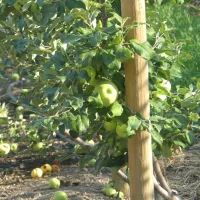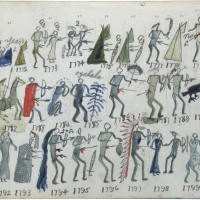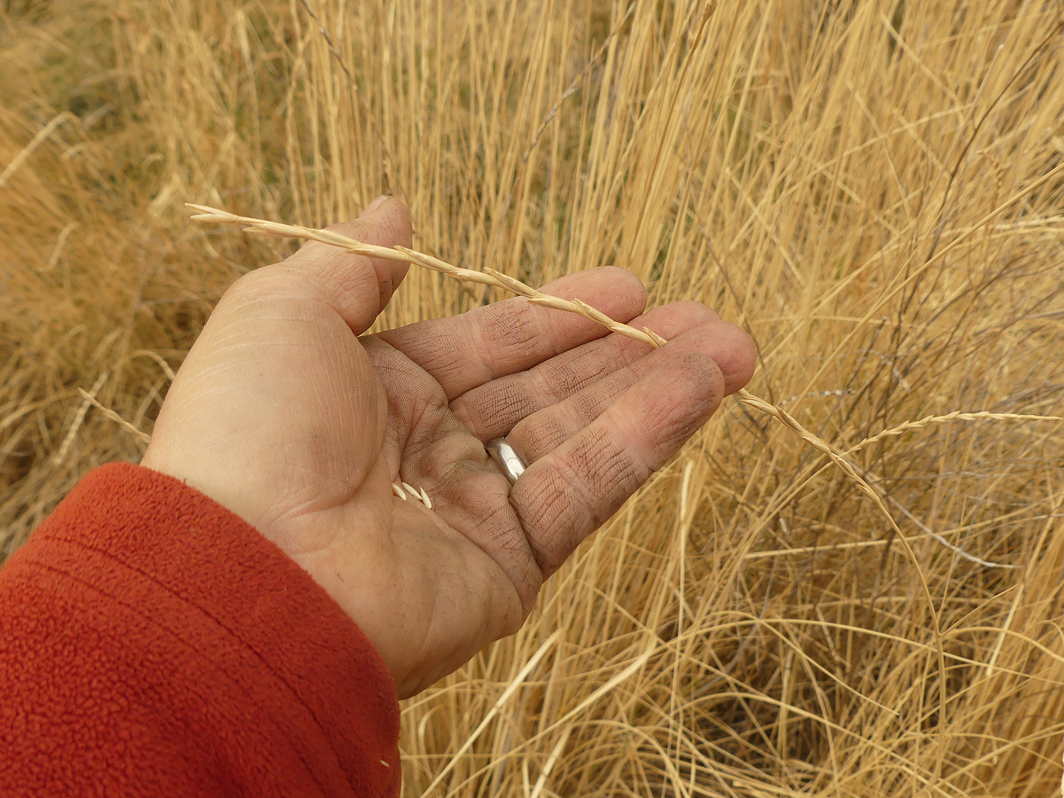Last week in Kelowna, I talked to a group gathered at the library about the price of fences, such as this ‘deer fence’ around an orchard in Vernon.
Deer need to go up and down a slope, not across it. The result of blocking this traffic is to intensify their behaviour in the grasslands, which cannot bear that kind of heavy attention. In effect, they erode the land. There is no grassland left at all.
It’s kind of a slow avalanche, really.
These are images of a sunny slope free of the snow that lies elsewhere. It should look like this:
See that? It should not be winter. It should be spring.
Instead, it’s fall, without water or life, before the year has begun. There is no capacity to store water, produce life, store it, or nurture it through the seasons. The year is over before it began. What’s more, the fences aren’t really to keep deer out.
Lots of deer and coyote prowling around within the fence in this young “orchard” in Vernon.
(Imagine how damaged the land above would have been, if the deer had not found a way inside here. It would have been just a gravel pit, I think.)
They are to keep people out, but use environmental protection funds to do so. The apples in Oyama below were not harvested, making the point of private land rather nonsensical.
The point here is that fences have profound environmental impacts, which create a rapid situation of climate warming and desertification, in the name of environmental protection. This is not one to blame on atmospheric carbon. Rather, a warming atmosphere increases effects that were created by other behaviour. It matters not if it is too hot or too wet, or whatever other climate change happens on this land. The land, simply, has resilience for none, all because deer, and wildness, are prevented from passing through lands marked out for human possession. We can change this. We have the power to do so. Some ways we might do so? Yup, tomorrow.
Categories: Agriculture, Erosion, Ethics, Grasslands





















The red elephant in the orchard again!
LikeLike
I hope he has nice jewelry, as every kept elephant should.
>
LikeLiked by 1 person
He always has food on hand and to trunk!:)
LikeLike